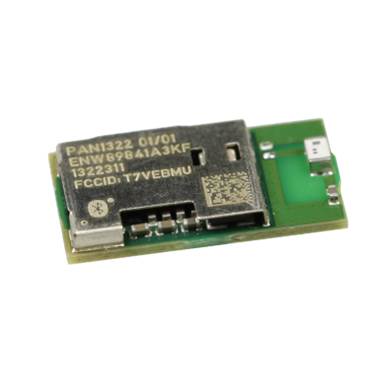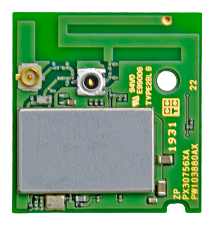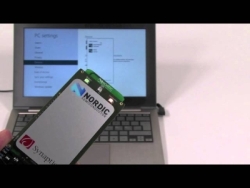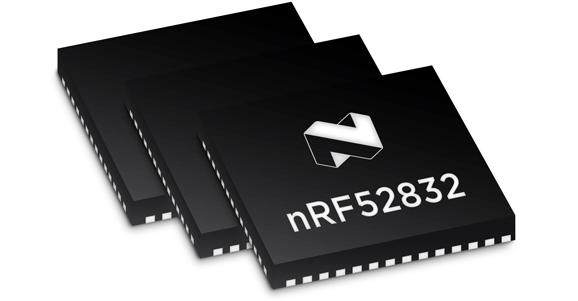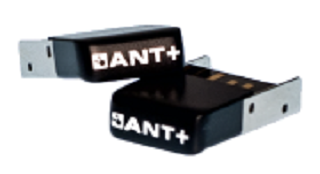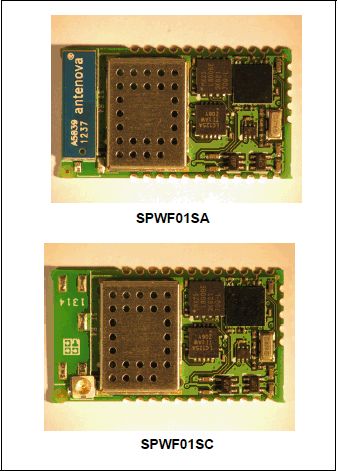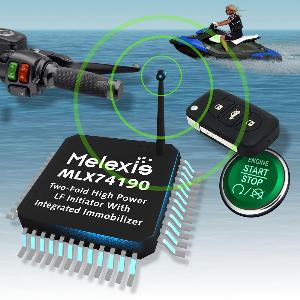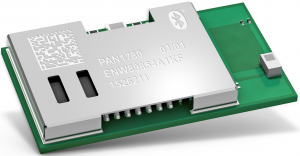PAN1322
SPP Bluetooth Version 2.1 + EDR
The PAN1322 is a complete Bluetooth 2.1 + EDR solution with built in antenna and it’s based on Intel’s Bluetooth radio transceiver PMB8754. The module comes with the SPP profile and is capable to implement a single point-to-point data link to other SPP capable Bluetooth devices. The PAN1322 includes an EEPROM, internal voltage regulator, balun and an ISM band filter. The PAN1322 is manufactured in a very small form factor of 15,6×8,7×2.8mm³ and comes with a shielded case. The module is applicable to use in most industrial applications with an operating temperature of -40°C up to +85°C. Using the module it is now very easy to integrate Bluetooth 2.1 into your product as the product can be configured over the simple and straight forward AT command set. When upgrading from the pin compatible previous SPP solution (PAN1321), all you need are small modifications in the antenna area to increase the RF performance.
You will be able to integrate the PAN1322 into your application in a very short time which helps you to minimize the time to market.
The PAN1322 is certified according to CE, FCC and IC and it’s listed on the Bluetooth SIG.
FEATURES:
- Complete Bluetooth 2.1 + EDR solution
- Implements a single point-to-point data link to other SPP capable Bluetooth devices
- Ultra low power design in 0.13 μm CMOS
- Temperature range from -40°C to +85°C
- Integrates ARM7TDMI, RAM and patchable ROM
- On-module voltage regulators. External supply 2.9 – 4.1 V
- On-module EEPROM with configuration data
- On-module tuned reference clock
- Module can enter low power mode in idle state and during sniff intervals
INTERFACES:
- AT command interface over UART with HW flow control
- Default UART baudrate 115200 bit/s
- Module configuration reprogrammable for 9600 bit/s up to 3.25 Mbit/s UART baudrate
- JTAG for boundary scan in production test
RF:
- Class 2 device up to +4 dBm
- Receiver sensitivity typ. -86 dBm
- Integrated antenna, balun and ISM band filter
- Integrated LNA with excellent blocking and intermodulation performance
- Digital demodulation for optimum sensitivity and co-/adjacent channel performance

